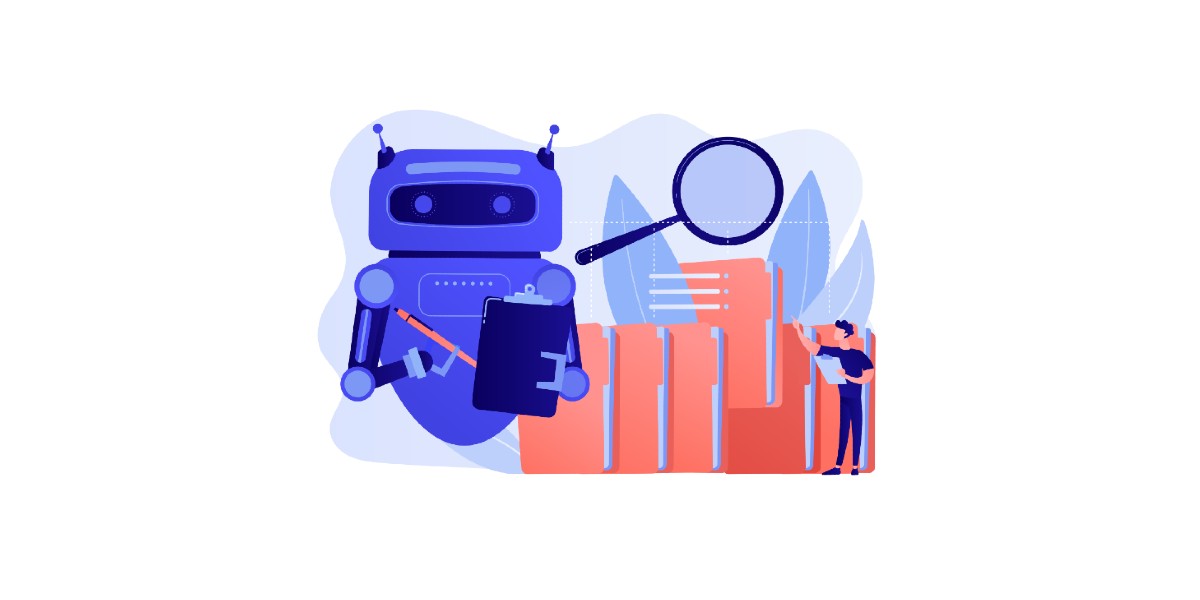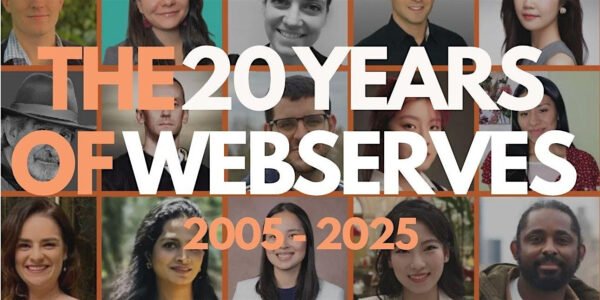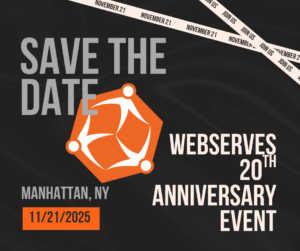Welcome back to our AI Awareness Campaign. This is part 3 of the series, you’ll find the rest of the articles below.
As AI becomes more powerful and influential, laws and regulations must evolve to keep up. While AI brings many benefits, it also raises concerns about accountability, bias, misinformation, and ethical use. So, what role should laws play in governing AI? Here’s a look at how legal systems can help manage AI’s risks and ensure it’s used responsibly.
1. Holding Companies Legally Accountable for Harmful AI Decisions
When AI makes a mistake—whether in self-driving car accidents, biased hiring decisions, or wrongful loan rejections—who takes the blame? Laws can hold companies accountable for how they use AI, ensuring they don’t hide behind “the algorithm made the decision” excuse.
Example: If an AI-driven healthcare system denies treatment to a patient due to faulty programming, should the blame fall on the hospital using it, the company that built it, or the developers who coded it? Laws can clarify liability and protect consumers.
Potential Solution: Requiring businesses to have clear liability policies when deploying AI-powered decision-making tools.
2. Addressing AI Bias and Discrimination
AI learns from historical data, and if that data contains biases, the AI can reinforce discrimination in hiring, lending, policing, and healthcare.
Example: Studies have shown that some AI-driven hiring tools favor male candidates over equally qualified female candidates due to biased training data. Similarly, facial recognition AI has struggled with accuracy for people of color, leading to wrongful arrests.
Potential Solution: Laws could mandate regular audits of AI systems to check for bias and require companies to fix discrimination issues before deploying AI.
3. Combating AI-Generated Misinformation
AI can now create deepfake videos, misleading news articles, and manipulated images that spread false information. This poses serious risks, from political propaganda to financial scams.
Example: AI-generated deepfakes have already been used to impersonate politicians and spread false narratives. Social media algorithms also amplify misleading AI-generated content, making misinformation harder to control.
Potential Solution: Governments could enforce AI watermarking—a digital signature that marks content as AI-generated—so users can identify deepfakes and synthetic media.
4. Requiring Transparency in AI Decision-Making
Many AI systems work as black boxes, meaning even their creators can’t fully explain how decisions are made. This lack of transparency is a major issue, especially when AI is used in life-altering decisions like credit approvals, job hiring, and criminal sentencing.
Example: If an AI denies someone a mortgage loan or predicts a defendant’s likelihood of reoffending, that person has the right to understand why—but many AI models don’t offer clear explanations.
Potential Solution: Laws could require AI developers to create explainable AI (XAI), meaning AI systems must provide clear, understandable reasoning for their decisions.
5. Creating International AI Ethics Standards
AI is a global technology, but laws differ between countries. Without international standards, companies may exploit legal loopholes by developing AI in regions with weak regulations.
Example: A company might test controversial AI surveillance tools in countries with fewer privacy protections, then later deploy the same technology elsewhere.
Potential Solution: Establishing global AI regulations—similar to international human rights laws—to ensure AI ethics and accountability worldwide. Organizations like the United Nations and the EU’s AI Act are already working toward this.
As AI continues to reshape the world around us, it’s clear that innovation must be matched with responsibility. Legal frameworks play a crucial role in ensuring AI is used ethically, transparently, and safely. From protecting individuals against biased decisions to holding companies accountable for harmful outcomes, regulation is not about stifling progress—it’s about guiding it in the right direction. By working together—governments, companies, developers, and the public—we can build a future where AI serves humanity fairly and responsibly.
Previously:
Part 1 – Where AI is Being Used—and Where It Could Go Next
Part 2 – Who Takes Responsibility for AI?




